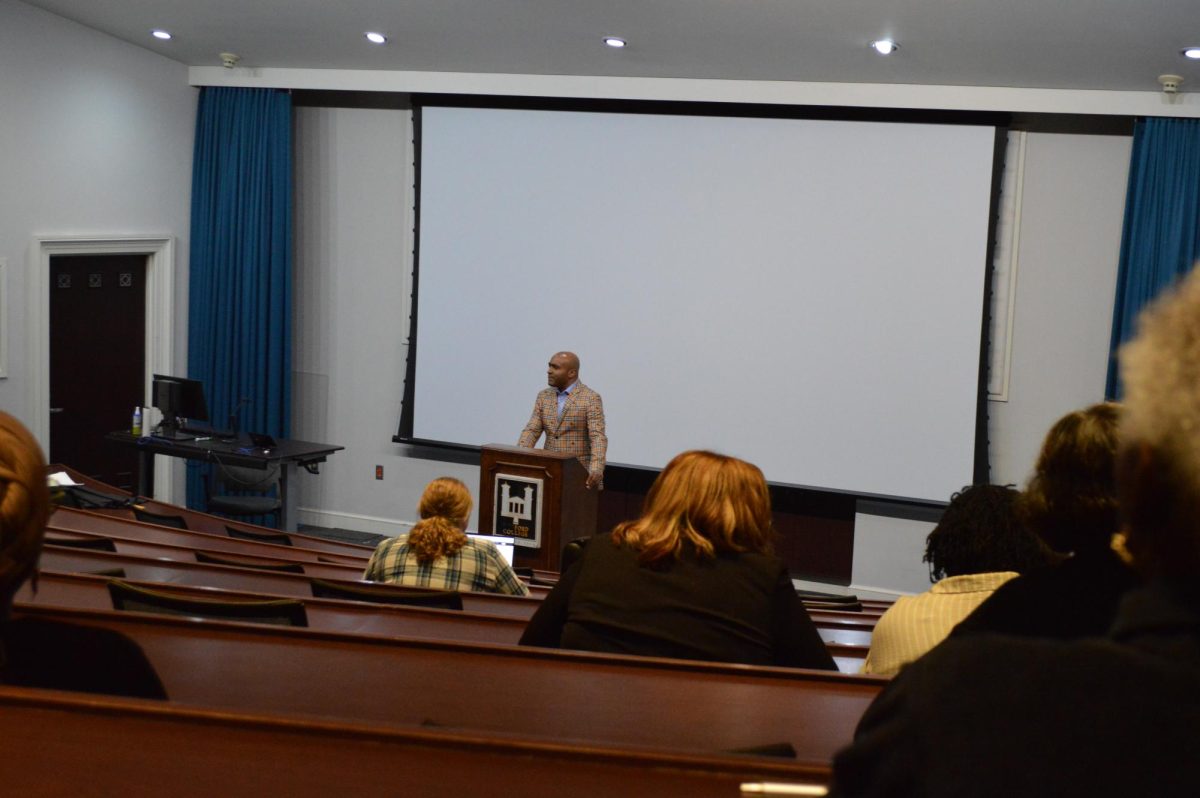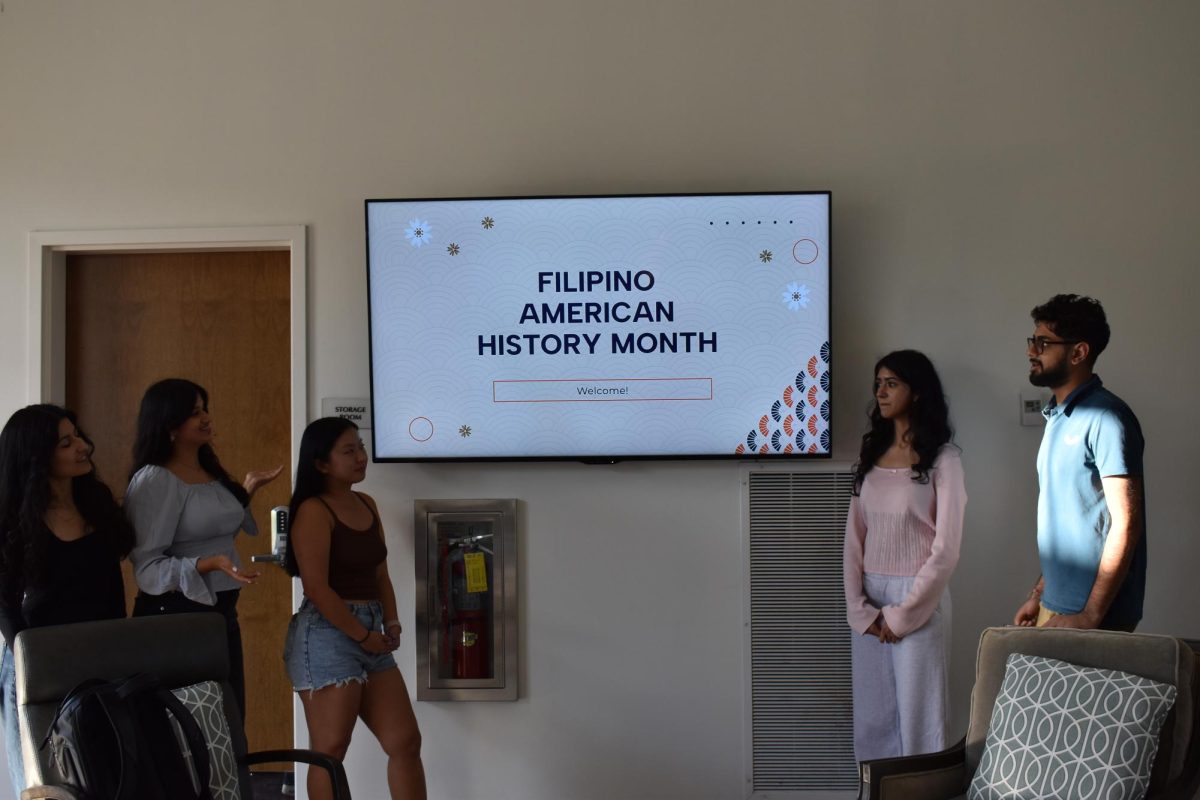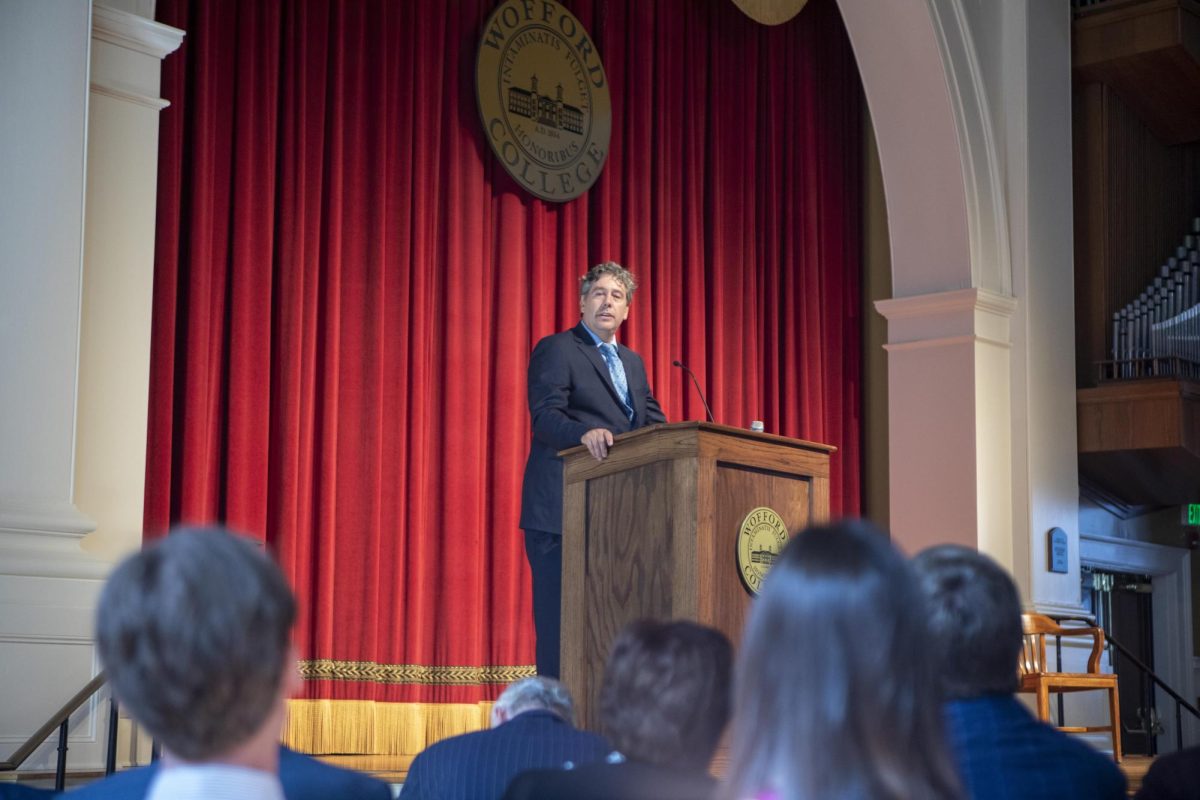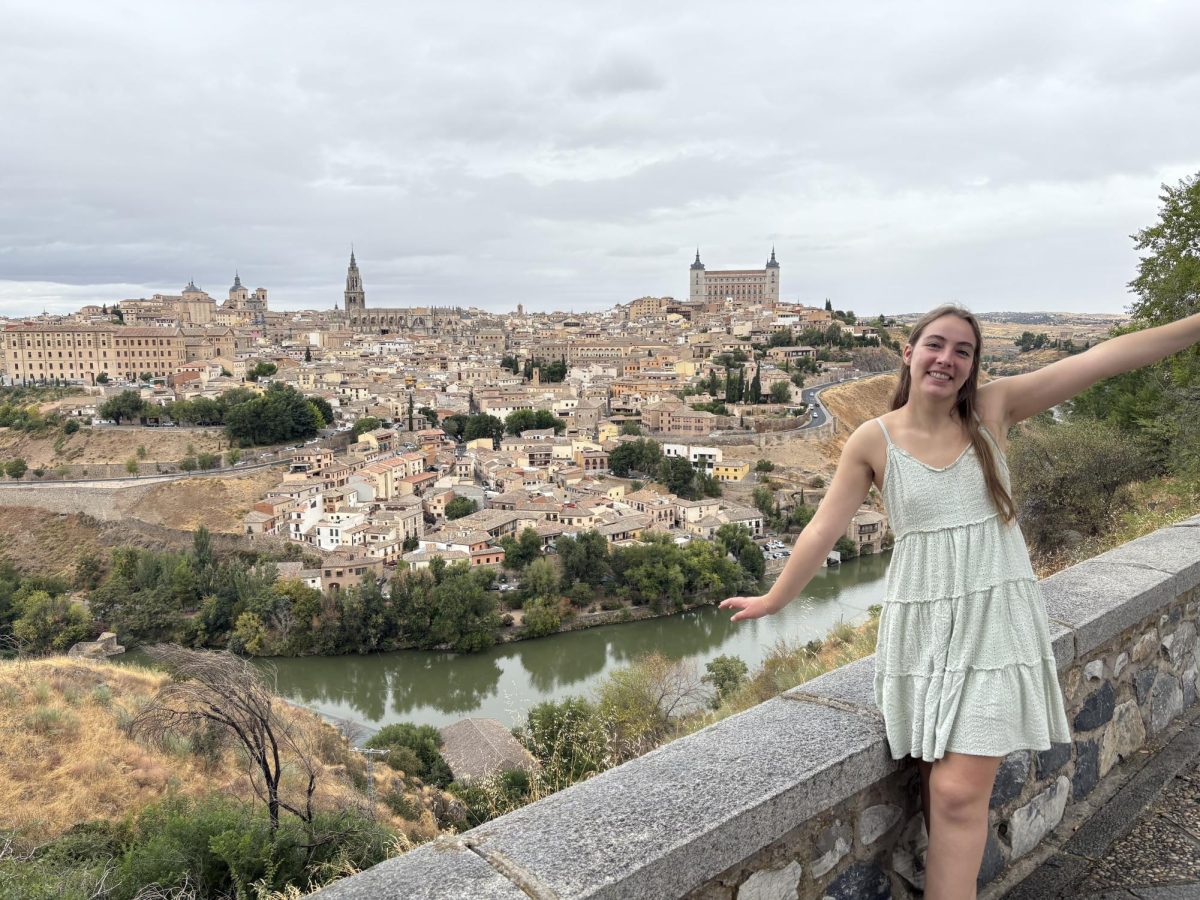Although I technically am “studying abroad” in Italy, the IES program is very much an American organization; I am not a part of the Italian school system whatsoever. I did not realize how drastically the two educational structures differ until Saturday, when I noticed a group of students eating lunch in their uniforms, which means that in Italy, it is normal to have school on Saturdays. This is such an odd concept to my born-and-raised American mind, so I asked the Italian Student Companion that I live with, Mariangela, about Italy’s system of education. I thought I would find simple differences – freer schedules, differing subjects, maybe varying class sizes. I soon realized that I had accidentally stumbled into a very loaded issue, as Mariangela described a system that, in addition to being overly complex, seems to be weakening the entire Italian economy.At a glance, Italian primary school seems relatively comparable to its American counterpart; however, all similarities disappear with secondary education. After graduating from middle school at age 13, some students attend professional schools, where they study a particular skill for five years. In addition to taking general classes, they choose to specialize in areas like law, engineering, chemistry, communications or agriculture.Instead of attending professional schools, the brightest students, like Mariangela, attend Liceos, where they focus on more theoretical subjects. Liceos are divided by field of study; a Liceo Classicos specializes in humanities, a Liceo Artistico specializes in art; a Liceo Scientifico specializes in science, etc. And here lies Mariangela’s first problem with Italian education: “How can we expect a 13 year old to know what he wants to specialize in for the rest of his life?” When forced to decide, a young teenager might unknowingly choose something that he actually hates, and be stuck.Students who wish to continue their education beyond secondary school attend universities. Public universities are cheap – about €600 (about $750) for an entire year. Even a year at the most expensive private college only costs €10,000. Mariangela is shocked by the amount of money Americans spend on higher education.
However, what American education lacks in thriftiness, it makes up for in teaching quality – in Italy, asking a professor for help, stopping by his office, or even just emailing him is completely unheard of.
Instead of using the talents they acquire in Italy to better their own country, people with higher education leave, which slows the progress of culture, technology and the entire economy.
It seems that most university students clearly recognize the downward trend, and are unhappy with their system.
Mariangela bluntly says, “We don’t like our system at all. Recently, it is becoming common for Italians to study abroad. As we study in different cultures, we see successful systems, compare them to our own and want to change it.”
But progress isn’t easy, and it is difficult to rebuild an entire system – especially when the system is controlled by officials who are resistant to change. The problematic nature of Italy’s educational system is mirrored by problems in its other governmental institutions as well. The Italian government is run by what Mariangela refers to as the “Big Dinosaurs”: politicians who have been in power for decades, won’t leave, and won’t listen to new ideas.






























